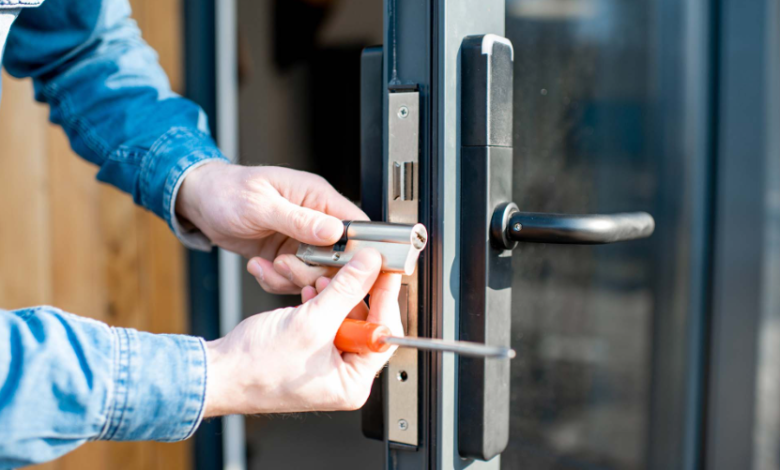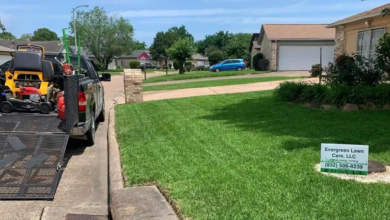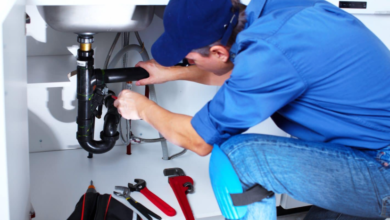Common uPVC Door Locking Mechanism Problems and How to Fix Them

Many homes across the UK have uPVC doors because they’re durable and insulation superstars. However, like any mechanical component, these doors’ locking mechanisms can run into problems, like stiff handles and locks that simply don’t want to engage.
Solving uPVC door locking mechanism issues starts with recognising the cause. This expert prepared guide by an emergency locksmith Bradford walks you through common uPVC locking problems and how to identify them. More importantly, we’ll look at what you can do to fix or prevent such issues.
Why Cold or Stiff Locks Happen on uPVC Doors
There’s a good chance your uPVC door’s locking mechanism is faulty if it won’t open even after unlocking. Sometimes, the handle might even feel stiff. Door misalignment can be a culprit too.
Many locksmiths recommend opening the door and trying the locking system again. If it works freely when open, the issue might be with the door alignment. Unfortunately, the lock or gearbox could be faulty if it remains stiff.
Replacing a Faulty uPVC Locking Mechanism
Ask any locksmith worth their salt. There’s only one solution to a faulty uPVC locking mechanism. Replacement!
However, it’s not a DIY job. Incorrect fitment might cause more damage and invalidate your insurance.
That’s why only locksmiths can source the correct parts and install them properly in your uPVC door.
When the Lock Sticks Only When the Door is Closed
A uPVC door that locks fine when open but sticks when closed is often an indication of a misalignment. Or, it could be due to external pressure on the door frame.
Seasonal temperature swings can cause “shrinking” (contraction) and swelling, influencing how the door sits in its frame. Alternatively, a loose strike plate or misaligned hinges can prevent a smooth lock.
So, what can you do?
Consider the Temperature
uPVC doors can swell in the blistering UK summer sun, becoming difficult to close or lock. It should resolve by itself if it only happens occasionally.
However, if it’s a perennial issue, you might want to dial your friendly locksmith to check the alignment and adjust the hinges.
Tighten the Strike Plate
uPVC doors that stick only when closed can also be due to a loose strike plate. This situation interrupts proper locking.
Locksmiths advise tightening the screws with an appropriate tool (a screwdriver), ensuring they’re snug but not overly tight (that could warp the mechanism).
Adjust the Hinges
A misaligned door requires adjusting the hinge to ensure the locking points connect correctly. While it can be a DIY job, most folks call a locksmith to guarantee accuracy and avoid accidental damage.
See also: What is a Solar Battery? Powering Homes, Road Trips & Wilderness Camps
When the Lock is Stiff Even When the Door is Open
It the locking mechanism feels stiff when the uPVC door is open, you might be looking at an inherent lock fault. Unwanted particles can accumulate inside the locking system. In some instances, repeated thermal expansion and contraction can bring about such issues. In worst cases, you might have a broken or worn gearbox.
So, how can you fix this?
Clean Out the Mechanism
Your first task is to check the hinges, locking points, and mechanisms for debris. Locksmiths say you can use a can of compressed air to blast these particles safely off the locking mechanism (don’t push them deeper into the lock).
Lubricate the Mechanism Properly
Gently blow graphite powder into the keyhole at least once every 6 months. Graphite pencil lead also works. Coat it over the key. Next, insert the key and twist it a few times.
Locksmiths strongly advise against using WD-40 and 3-in-1 oil because these might only gum up the internals.
Not a fan of graphite powder? Locksmiths say you can use light machine oil, but only on lock internals. If you need full lock lubrication, let a locksmith disassemble it and apply the correct lubricant.
Preventing uPVC Lock Problems Before They Start
Your uPVC door locks are doing okay. That doesn’t mean problems won’t appear anytime soon. Prevent that with these locksmith-approved tricks.
- Keep uPVC door components (strike plates, locks, and hinges) squeaky clean and debris-free.
- Lubricate the locking mechanism with the correct products every 6 months (at least).
- Act early if something “feels” wrong. Let your locksmith help you before minor issues grow out of proportion.
What to Do If the Locking Mechanism is Broken
Suppose your uPVC door won’t open or close due to a failed mechanism. What then?
Call a dependable, credible emergency locksmith. Don’t force the door because that could only damage it and leave your home a vulnerable target.
Well trained locksmiths can open your uPVC door and replace its mechanism. They’ll get everything working again, without ever damaging your door.
Dealing with a Snapped Key in a uPVC Door
Snapped keys are a nightmare, with a part of your key sticking out like a sore thumb. A needle-nose plier can be handy in extracting the fragment. A strong magnet might work too.
However, don’t keep fiddling with it if the fragment is stuck too deep. Doing so could damage the lock further and require a full replacement.
A locksmith’s uPVC door lock expertise and specialised tools are perfect for such situations. They’ll inspect the mechanism (after fixing) to ensure everything is where it should be.
Final Thoughts
uPVC door locking problems are preventable. However, identifying the cause is crucial when such issues arise, whether it’s misalignment, internal wear, or heat expansion. Acting quickly and early can help you avoid costly lock replacements. Never worry about the hassle too.
However, more complex uPVC door lock issues require expertise that only a trusted, credible locksmith can provide. They’ll ensure your uPVC door remains secure and functioning for the long haul.




